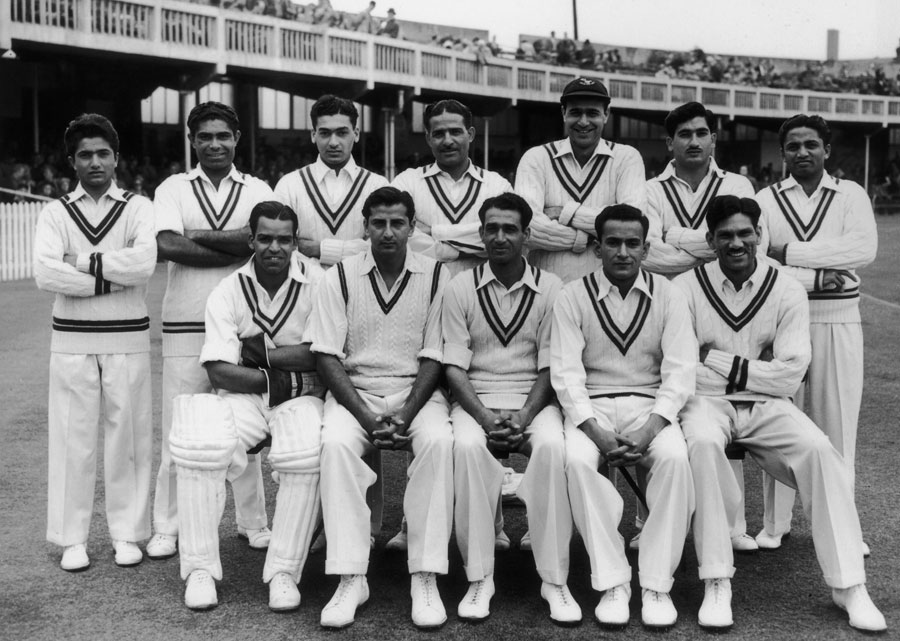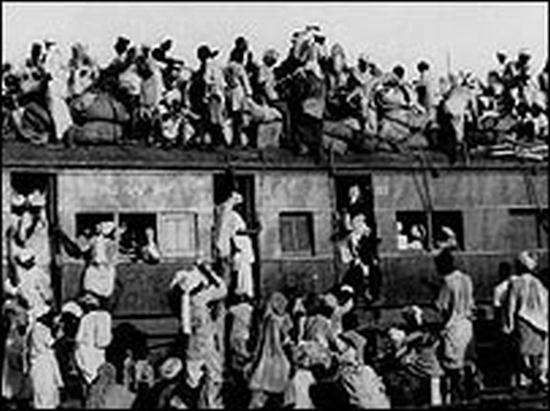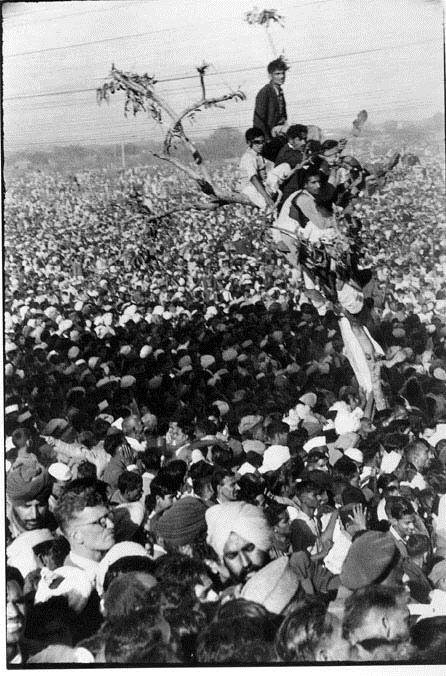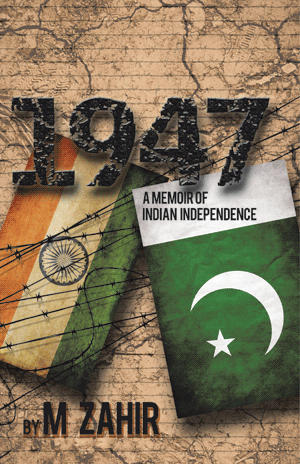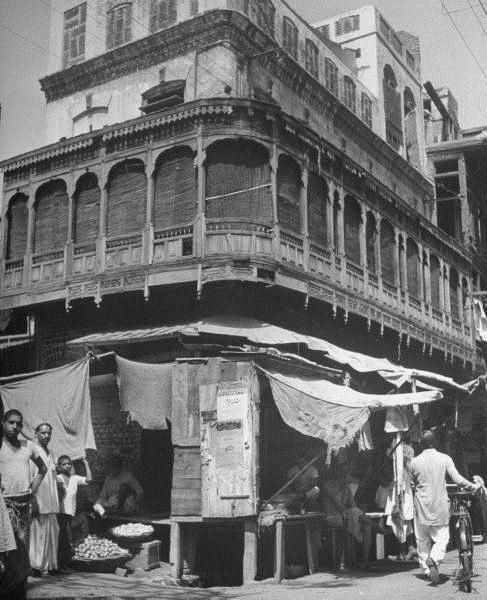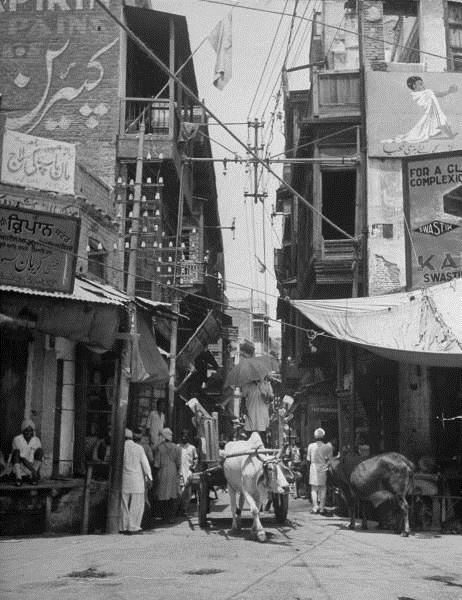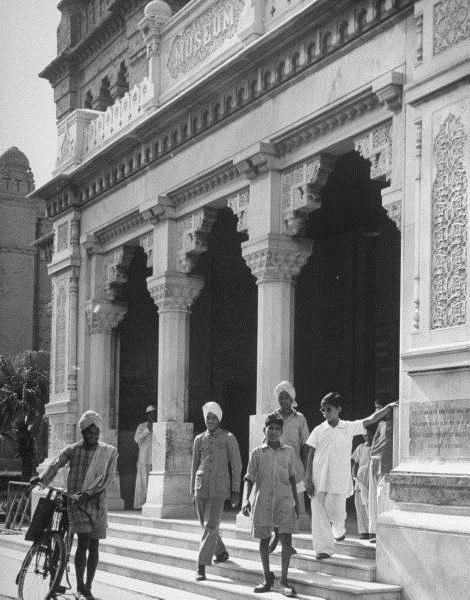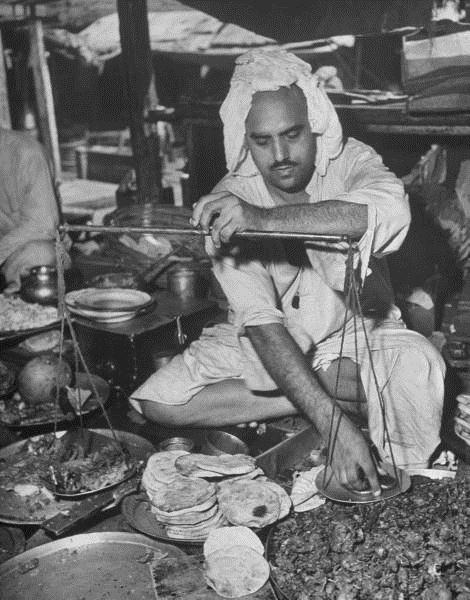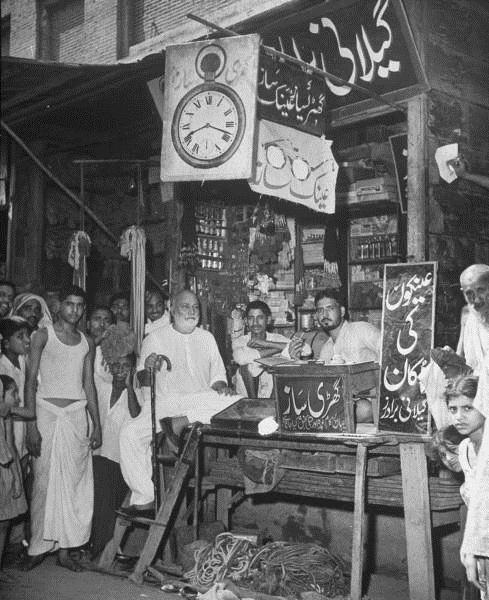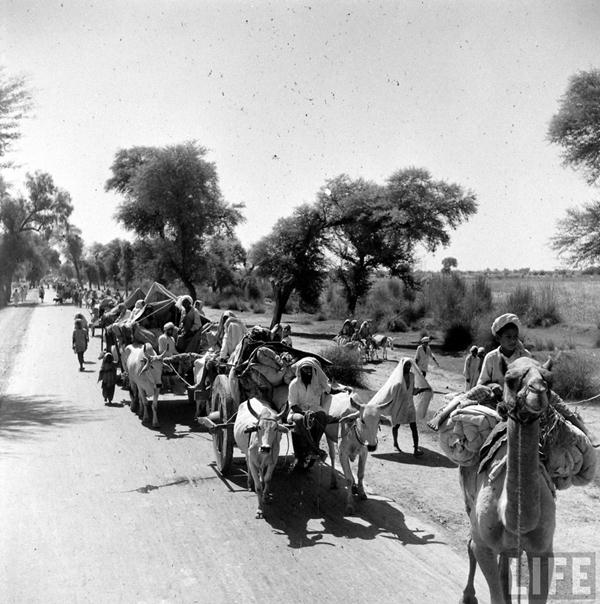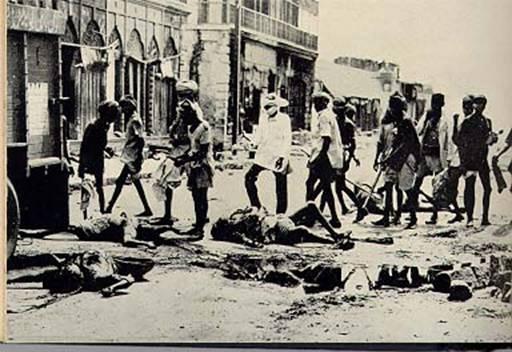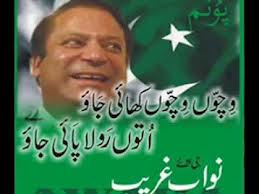The truth lies six feet under
2,156 unidentified bodies in north Kashmir. The families want answers, but the J&K government is trying to give the issue a quiet burial. Baba Umar reports
If India is a Democracy, it should start by trying Indian Army Officers & Soldiers involved in extrajudicial killings, genocide, rapes, and torture of Kashmiri people under Indian Occupation.
Thousand of Missing People have been unaccounted. Democracies functions successfully,if they follow the laws of the land and respect Human Rights of people under occupation.
India is a sham democracy. It rather masquerades as one.
 |
|
Graveyard shift Atta Mohammad was a farmer before the security forces made him bury 200 unidentified bodies in the hills of Bimyar
Photos: Abhijit Dutta
|
|
NOT TOO long ago, Kashmiris saw a ray of hope when Chief Minister Omar Abdullah announced that he would revoke the draconian Armed Forces Special Powers Act. However, he failed to walk the talk. The interlocutors’ report met the same fate. Now, the issue of thousands of unmarked graves dotting the meadows and mountains of the state has reached a similar conclusion.
 |
|
Exorcising ghosts Atta Mohammad with his granddaughter Humaira
Photo: Abhijit Dutta
|
|
| |
| |
|
|
|
When the mass graves were discovered in 2005, Omar had agreed to use DNA tests to identify the corpses. But in a report published on 13 August, the Home Department (of which Omar is in charge) has not only declined DNA testing, but also labelled those buried as “combatants” amid pleas from hundreds of families that their relatives may have been buried in unmarked graves after fake encounters.
The government’s action-taken report (ATR) was filed in reply to the State Human Rights Commission (SHRC), following the latter’s April 2012 finding of 2,156 unidentified bodies at 38 burial sites in north Kashmir, of which 574 were identified as those of local residents. The SHRC had demanded DNA testing of the corpses. However, the government said DNA testing would be done only when the complainant could locate the graveyard and the grave in which their relatives might be buried with a “fair amount of certainty” — a rider ridiculed by human rights activists and the families of the missing.
It’s pertinent to note that the government’s ATR is entirely based on police FIRs, thus making it a contentious report.
“The government’s report is aimed at burying the past,” says Razia Sultana, 36, whose 22-year-old quest to find her missing father ultimately led human rights groups to the unmarked graves. She started searching for Raja Ali Mardan Khan (then 55) of Bela Boniyar village, located 90 km from Srinagar, after he didn’t return home on 13 May 1990. The last time he was seen was at a provision store with a bag of sugar and a pack of cigarettes in his hand.
“I lodged a missing persons report but the police’s reaction was that he might have crossed the LOC (Line of Control). I was shocked. He didn’t need to because he had a government job. Anyway, he was too old to go for gun training,” she says.
Sultana’s mother and sister made a trip to Pakistan-occupied Kashmir (POK), but they failed to locate Khan. Since then, she has visited many graveyards, police stations, torture cells and militant hideouts.
It was during the October 2005 earthquake when a team of human rights activists led by the J&K Coalition of Civil Society (JKCCS) and the Association of Parents of Disappeared Persons (APDP) reached Bela Boniyar with relief that Sultana disclosed the presence of mass graves.
Four years later, in November 2009, the JKCCS and the International People’s Tribunal on Human Rights and Justice in Kashmir came out with their preliminary report called ‘Buried Evidence’, which revealed the presence of 2,700 unmarked graves spread across 55 villages of Kupwara, Baramulla and Bandipora districts.
TEHELKA TREKKED to Bimyar, perched on a mountain overlooking paddy fields and the gushing Jhelum beneath the foothills, located 20 km away from Baramulla town.
In 2003, Atta Mohammad, 65, a farmer, was forced by the police and the Indian Army to become a gravedigger on what was until then a wasteland. “I wasn’t a professional. It took me four hours to dig a grave,” he recalls. “But as the body count rose, I was digging graves at a faster rate.”
He remembers burying the first body. “That night, I vomited. I couldn’t sleep at all. The mutilated face kept haunting me,” he says. The experience made Mohammad decide not to dig any more, but the bullet-ridden bodies started to come in threes and fours; one day the toll was nine. Just like cops and soldiers, families too started pouring in, but very few were successful in identifying the graves of their relatives.
Out of 200 graves, only six bodies have been identified. Relatives would confirm from Mohammad about the clothes and appearance of the body he had buried. The next day, they would come with marble tombstones with the names of the victims etched on them. “At least for some, the struggle would end there. But there are many who came and left dejected. They think their kith and kin are buried here. But there’s no way to prove it,” he says.
Mohammad narrates a chilling incident when a body came for burial and he wanted help in shifting the body. He asked Ghulam Mohiuddin Dar, an electricity board employee working in Bimyar, to assist him. Dar refused. “The next day, Dar came with tears in his eyes. He told me the boy that I had buried was his son,” he recalls.
In fact, when Mohammad went to POK to visit his relatives in 2006, nine bodies were brought to Bimyar for burial. One of the buried, he would later learn, was his nephew Mohammad Saleem, who had gone missing. The old man never tried to open any of the graves to locate his body.
There are bones beneath the Kichama earth too, located 8 km from Baramulla town. Of the skeletal remains of 105 people, not a single body has been identified.
“Each body bears bullet marks. Some are surely not from Kashmir, but the others seem to be local youth,” says Ghulam Mohammad Mir, 42, who oversees the graveyard. “The security forces say they were killed in gunbattles. They would dump the bodies and we would oblige them.”
Mir shows a grave that contains three bodies. According to him, the police and the army had brought the partially burnt bodies, who they claimed were militants. The villagers buried them in a single grave after removing their tattered clothes. Even today, the clothes remain tied to the tree trunks waiting for anyone to identify them.
AMONG THOSE who called the government report “an insult to the families of the disappeared” is lawyer Parvez Imroz of the JKCCS. While demanding DNA testing of the unmarked graves, he compares the situation with Pakistan’s violence-hit Balochistan. “We slam Pakistan for its poor human rights record, but even they have allowed a UN team to visit the conflict-ridden state. Pakistan has also appointed a three-member parliamentary committee to look into missing person cases that run into hundreds. But when it comes to Kashmir, where the figures are in the thousands, the government not only refuses to identify the dead, but also asks families of the disappeared to identify the grave.”
Even the SHRC’s Division Bench member Rafiq Fida criticises the official stand: “There are cases when a person from south Kashmir was found to be buried in the north. The government’s decision to do DNA profiling only when someone can tell with a fair amount of clarity where his relative is buried is ridiculous. If people knew where their missing are buried, why would they knock on the government’s doors?”
Then there are several cases that puncture the government’s claims that all those buried were combatants. Kashmir already has fake encounter cases such as Pathribal, Ganderbal and Machil in which the dead were dubbed Pakistani militants and buried in unmarked graves before their exhumation and DNA profiling indicated that they were local youth killed for promotions and rewards.
Reyaz Ahmad Bhat’s death is one such example. On 29 April 2007, the army’s 47 Rashtriya Rifles (RR) and the police’s Special Operations Group claimed to have killed four Pakistan-based Lashkar-e-Toiba militants, who were then buried at Sedarpora in Kupwara. Later, three of the bodies were identified as those of locals killed in fake encounters: Bhat, Manzoor Wagay and Sartaj Ganai. The identity of the fourth body was never ascertained. The bodies of Wagay and Ganai were exhumed and buried in Shopian and Pulwama, respectively.
At Kailashpora in Srinagar, where Bhat lived before disappearing on 4 April 2007, Safina and Javaid Ahmad Bhat are seeking DNA testing of the other two graves to ascertain which of the two graves contains their brother’s body. “We learnt about the death eight months after his disappearance when an anonymous caller said that our brother has been killed. The police showed us a picture of our dead brother, a copy of the FIR declaring him a Pakistani terrorist and the graveyard he was buried in. But we are still not sure in which grave,” says Safina.
In fact, there are cases in which the lack of DNA testing has seen several families claiming one body. For example, when the army’s 18 RR claimed to have gunned down two militants during an encounter in Kupwara on 24 April 2004, Noor Mohammad Shah and Syed Mustafa of Waliwar village in Ganderbal district claimed the bodies and approached the Kupwara District Magistrate for exhuming the bodies. Permission was granted and the bodies were buried again in Ganderbal.
The case took a U-turn on 2 October 2005 when Madan Lal of Nangocheck lodged a written report in Lalpora Police Station saying that Major Vijay Char of 18 RR had taken his son Bhushan Lal on 13 April 2004 along with three other Jammu-based labourers to Kupwara. Madan Lal alleged that the youth were killed in a fake encounter and demanded DNA tests.
|
‘If people knew where the missing are buried, why would they knock on the government’s doors?’ asks Rafiq Fida
|
|
A three-member forensic team from New Delhi was invited to take the samples. However, villagers of Waliwar refused to allow the process, saying reopening the graves would amount to “insulting their religion and the dead people”.
There was another twist in 2005 when an anonymous letter informed Madan Lal that his son was killed in a fake encounter. The letter named a Colonel and a Major as being responsible. When Madan Lal tried to find out more, he reportedly came across Captain Sumit Kohli, who told him that “the person who wrote the letter to you will make sure you get justice”.
A few months later, Captain Kohli was found dead. The army said that Kohli had committed suicide, but his family said the Shaurya Chakra winner was murdered “because he was going to blow the lid off some fake encounters”. The case is being heard in the Punjab and Haryana High Court while human rights activists continue to demand DNA tests to establish who is buried in the graves, which could help solve Captain Kohli’s mysterious death.
BUT THE state prefers to stay silent on the issue. Although Principal Secretary (Home) Braj Raj Sharma agreed at first to be interviewed, he backed off, citing a busy schedule. The chief minister didn’t respond to TEHELKA’s request for comments, despite his personal secretary Asghar Ali agreeing to fix a brief interview. No other senior civilian official would agree to discuss the government’s policy on the issue.
But reliable sources within the police’s human rights cell confirm the presence of unmarked graves in all the districts of Kashmir. TEHELKA has also learnt that officials have found 6,000 persons to have gone missing in the past two decades, a figure all the governments have denied in the past, while human rights groups have maintained that more than 8,000 people have disappeared while in custody.
Although the ATR says no person has come forward despite Omar’s announcement last year that families can lodge complaints for DNA profiling with the police’s CID department, police sources confirm that no such circular was published in any of the leading Kashmiri newspapers. Families who spoke to TEHELKA also pleaded ignorance about the existence of such a cell.
The government’s position is that DNA profiling of all the graves will take many years and requires plenty of resources. But world-renowned forensic anthropologist Dr Mark F Skinner of Simon Fraser University, Canada, told TEHELKA in an email interview that DNA testing a body per se is not expensive (“a few hundred dollars, I think”). “The expense arises from the need for excavation, data tracking and contacting relatives for comparative DNA.”
“This is why I suggest taking the help of the International Commission on Missing Persons to deal with such situations,” says Dr Skinner, who was part of the UN team that probed Afghanistan’s mass graves when it was under Taliban rule.
Even as human rights activists have sought the intervention of international agencies in the probe of unmarked graves, those TEHELKA met are left with a strange dilemma. Sultana wants to end her struggle by finding a grave that contains her father, which she says is only possible if all the graves are DNA tested. Safina too says a DNA test is a must to establish which grave contains her brother’s remains. But the emotional Mohammad doesn’t want any grave to be reopened. “How can you hand over to anyone a father a son or a brother represented by a skull, headless torso or a limbless carcass? After burying 200 such bodies, I can guarantee that they won’t withstand the suffering,” he says.
Courtesy:
Baba Umar is a Senior Correspondent with Tehelka.
[email protected]






